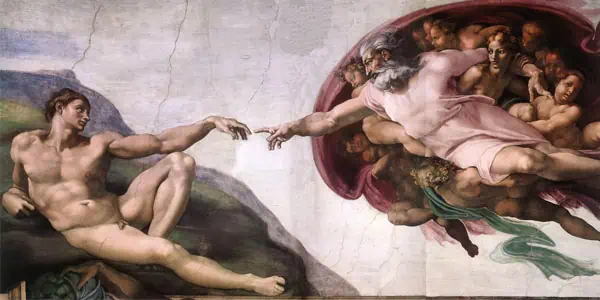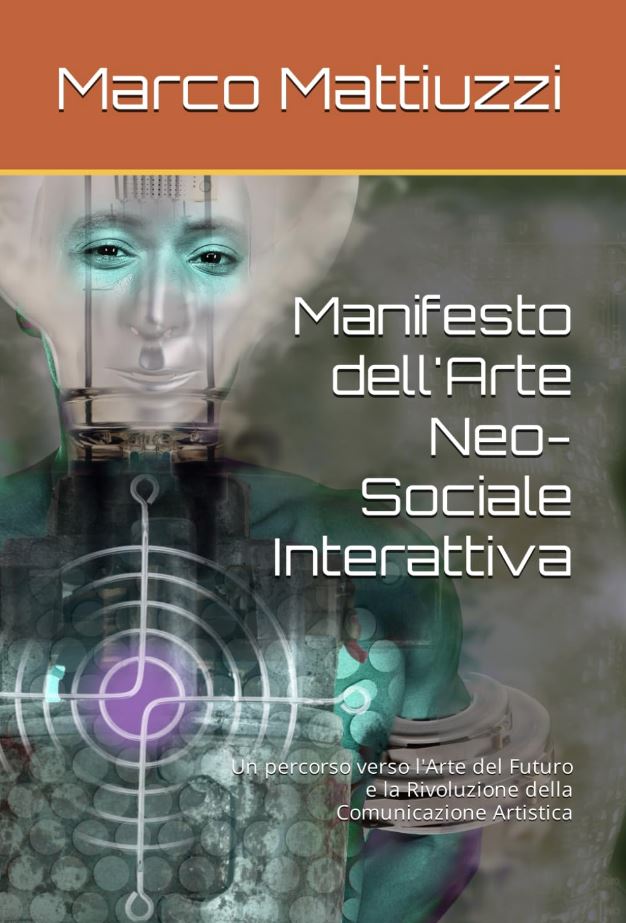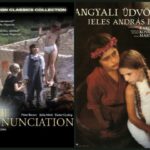In the inexhaustible fabric of human existence, art plays a vital role, tracing the invisible contours of the collective soul, weaving patterns of beauty and meaning through the ages. If in the past art reflected and sometimes influenced social upheavals, now, in the pulsating heart of the 21st century, its role cannot be exhausted in mere aesthetic pursuit. Art, in its various languages, must act as a catalyst for change, an echo of unspoken silences, a voice for those personal freedoms too often suppressed.
In the fervent arena of contemporary art, artists are called not to limit themselves to creating art objects that delight only the sight. It is time to infuse works with a vibrant soul, a message that awakens the intellect and stimulates an inner dialogue. As navigators in a vast and unknown sea, today’s artists must raise the sails of courage, steering their compass not only towards new aesthetics but also towards ethical and civic horizons.
In manifesting through brushstrokes, notes, or verses, an invitation to collective awakening, the world of art becomes the predestined place to promote a social conscience examination. Artistic creations must be conceived as reflective mirrors, where the observer sees not only their image but also that of a society that could be, a world free from the chains of oppression, rich in diversity and inclusion.
This is the call that the art of our century must embrace: to propose itself as a continuous dialogue, a narrative that, while flowing, draws landscapes of individual and collective freedom. It is hoped that artists assume the role of narrators of alternative realities, proposing, through their work, models of civilization where violence finds no citizenship, and political decisions are imbued with respect and tolerance.
A concrete example of such an artistic mission can be found in public art: murals transforming neighborhoods into open-air galleries, sculptures in parks inviting reflection or emotion, urban installations interacting with passersby and inviting active participation. Public art, free from the confines of the museum, becomes the spokesperson for a barrier-free art, accessible to all, a vehicle for powerful messages that incite change.
Another front is that of virtual reality and digital media, powerful tools that contemporary art can employ to generate empathy, lead the observer into parallel realities where confrontation with the different and the other is inevitable. In this context, art becomes an experiential practice that challenges perception and invites total immersion, translating into an expansion of awareness.
21st-century art has the duty to express the complexity of human experience, including in itself the cry for injustices and the aspiration towards a more authentic existence. Artists must wield their tools with the intent to move, to question, to ignite that spark that can light the fire of civic passion.
In the increasingly intricate fabric of our global reality, art cannot remain silent. It is an ethical imperative that the art of our time embraces the responsibility to convey messages of hope, to encourage an ethic of mutual care and recognition of the other, and to fight with every creative means so that humanity can rise above the banality of the everyday towards the ineffable beauty of being in total freedom. In this journey, art must act as a guide, a trusted companion, and an inspiring muse, for in its purest forms lies the key to a future where art and life merge in a hymn to the infinite possibilities of the human being.













